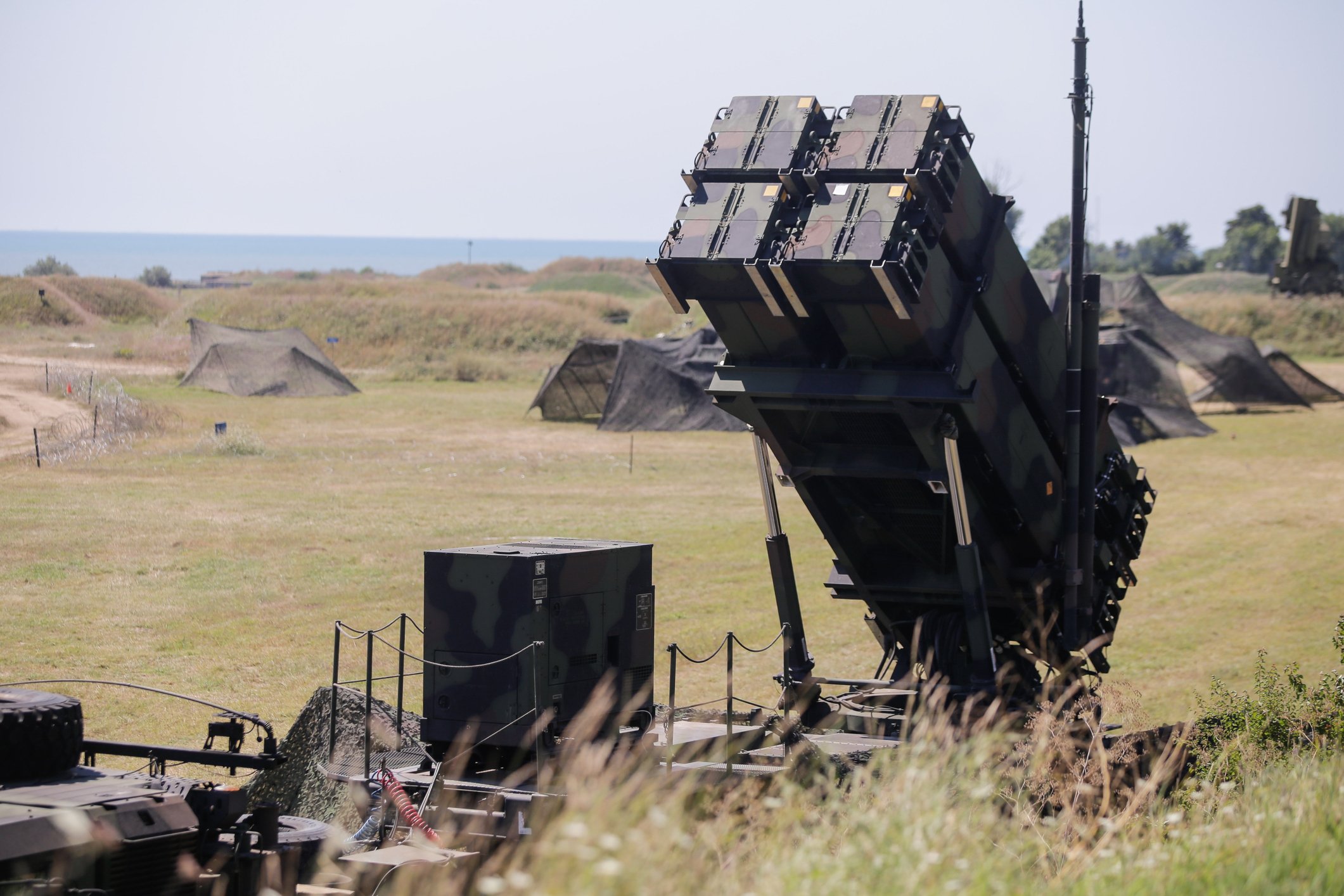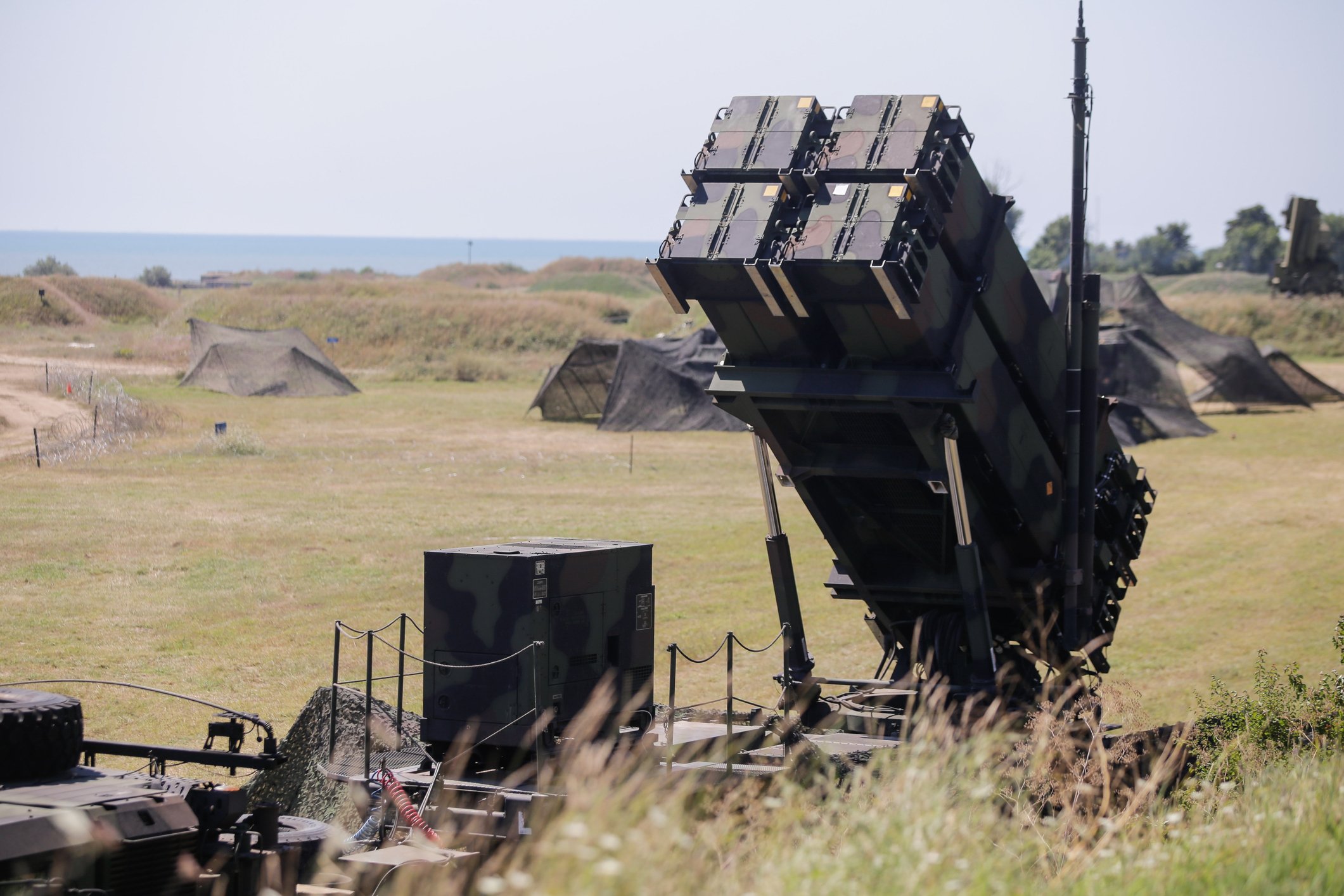Defense contractors have taken a hit with recent budget fluctuations due to sequestration. While many defense project budgets have suffered drastic program reductions, shipbuilding has not been one of them. Recently, the U.S. Navy has submitted its 30-year plan to Congress that outlines the future of ship procurement.
One driving force is increased defense spending by China to approximately $166 billion in 2012. The BBC reported that from 2003 to 2012 China had increased its defense spending by approximately 175%. Regionally, this is a huge increase; by comparison, using the same time period, the U.S. spent $682 billion with an increase of 32%, and Japan hit $59.3 billion with a decrease of 3.6%. Japan is proposing to increase spending by 2.6% to approximately $232 billion over the next five years. Retired Japanese Navy Admiral Yoji Koda estimates that the Chinese Navy will need 15 years to reach an operational capacity that will pose a threat to the Japanese and U.S navies.
Who is building?
Two large defense industrial contractors are at the center of this growth. General Dynamics (GD +1.56%) and Lockheed Martin (LMT +1.76%) both have signed contracts with the U.S. Department of Defense to produce over 50 ships of varying classes. Many of these contracts go beyond 2020, which suggests to investors that General Dynamics and Lockheed are very attractive and stable.
The primary ships being built are the Littoral Combat Ship, or LCS, and the Joint High Speed Vessel, or JHSV. Lockheed and General Dynamics are prime for much of the LCS program. The Navy has plans to contract 52 LCS by 2026. Current Pentagon budget projections are limiting the Navy to 32 LCS. The total cost for the program is estimated at $32 billion.
The Navy plans on purchasing 24 LCS by the end of fiscal year 2015. The next allotment of ships is planned to be purchased in 2016. Investors should note that given the political nature of defense budgets, fluctuations are to be expected.
According to a recent Navy Times article, sea trials have been favorable for the JHSV. The Navy plans on purchasing 10 ships at an estimated cost of $1.6 billion. The JHSV is being built primarily in the Austal USA (AUTLY +0.00%) shipyards located in Mobile, Ala. Austal is a shipbuilder that specializes in the building of high-speed ships for both commercial and defense applications using revolutionary designs.
Investors take note
Investing in the defense industry can be risky. One strategy to mitigate that risk is to invest in large capital projects that play a crucial role in the service's direct strategy. The Navy needs ships, and therefore shipbuilding will be done. The recent Navy 30-year plan proposes a robust building program.
The Navy is modernizing through a concerted building program, and it looks as though both the LCS and the JHVS will play large roles in naval strategy. The robust building program of China's Navy will also serve as a partial budget justification for the Navy to continue purchasing ships. Long-term-capital projects often provide a steady return on investment, especially when there is budget justification.







